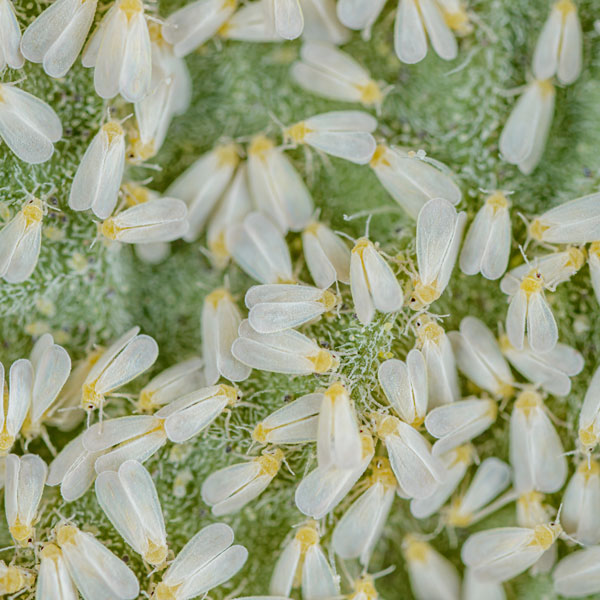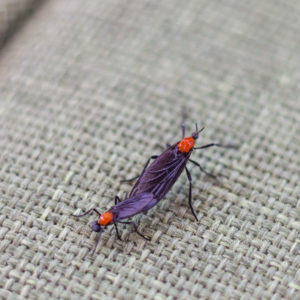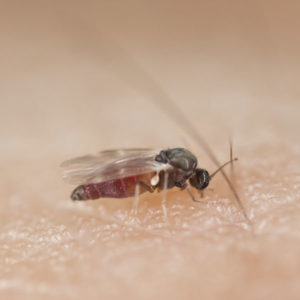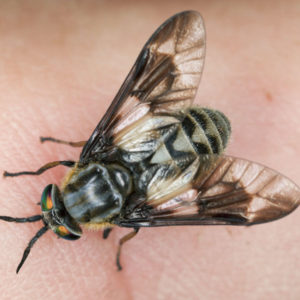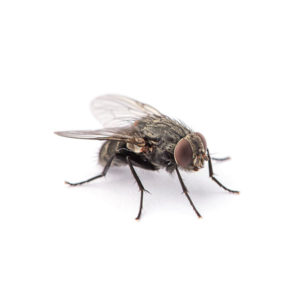Whiteflies in Anaheim
Whiteflies are tiny insects that fly around when disturbed. Despite their name, they’re not true flies and are actually more closely related to other pests like scales, aphids, and mealybugs. These bugs get their name from the white waxy covering on their wings and bodies. Whiteflies are often found in greenhouses, but can also infest houseplants. At all stages of life, these pests feed on plant sap using their mouthparts while excreting a sticky substance called honeydew. This feeding routine can make leaves turn yellow and fall off, weakening the plants considerably over time. When you disturb plants infested with whiteflies, you’ll see clouds of these small flying insects.
Whitefly Habitat
Whiteflies can multiply rapidly in warm weather, especially when host plants are growing strong. These pests often form large groups on the undersides of leaves where they feed on plant juices. As a result, they release honeydew. If left unattended, honeydew can lead to the development of fungal diseases on leaves. Whiteflies continue to breed throughout the year in warmer regions, moving from one plant to another as the hosts are harvested or dry up.
Whitefly Behaviors, Threats, or Dangers
While whiteflies don’t bite humans, they do have piercing mouthparts that they use to feed on plant fluids. When whiteflies excrete honeydew, it can make plant leaves sticky and attract ants, which can disrupt natural predators that help control whiteflies and other pests. Both young whiteflies (nymphs) and adults can harm plants by sucking the juices from new growth, leading to stunted growth, leaf discoloration, and reduced crop yields. Their feeding weakens plants and makes them more susceptible to diseases.
Whitefly problems can be particularly problematic for greenhouses or businesses that grow and sell plants. If you are dealing with these pests, contact your local exterminators for help with removing them quickly.

